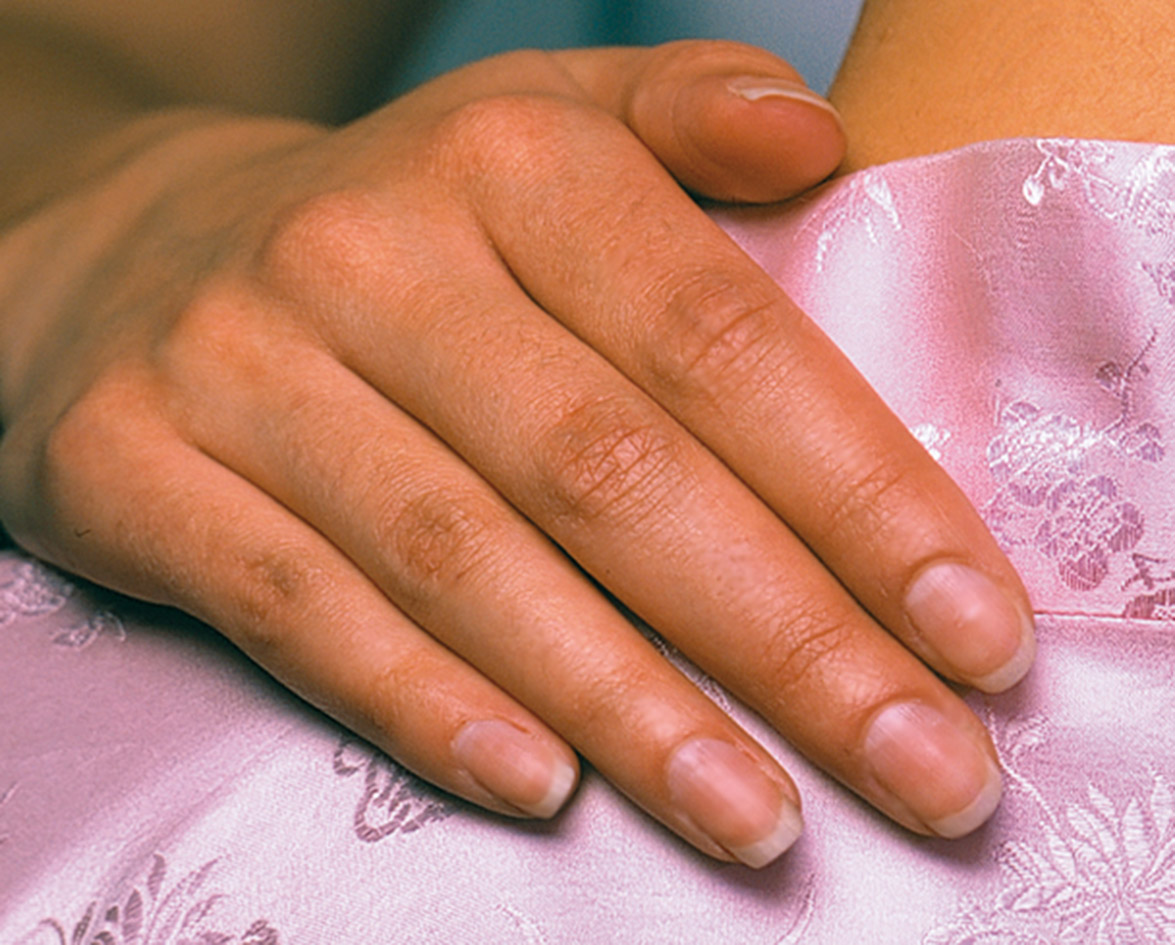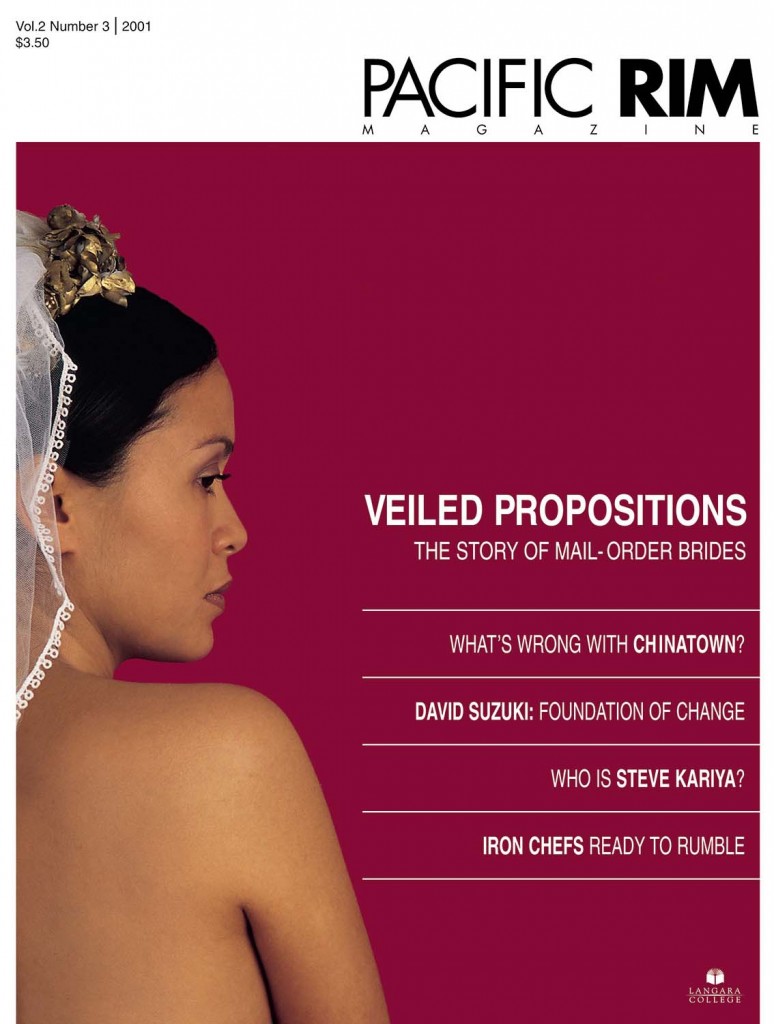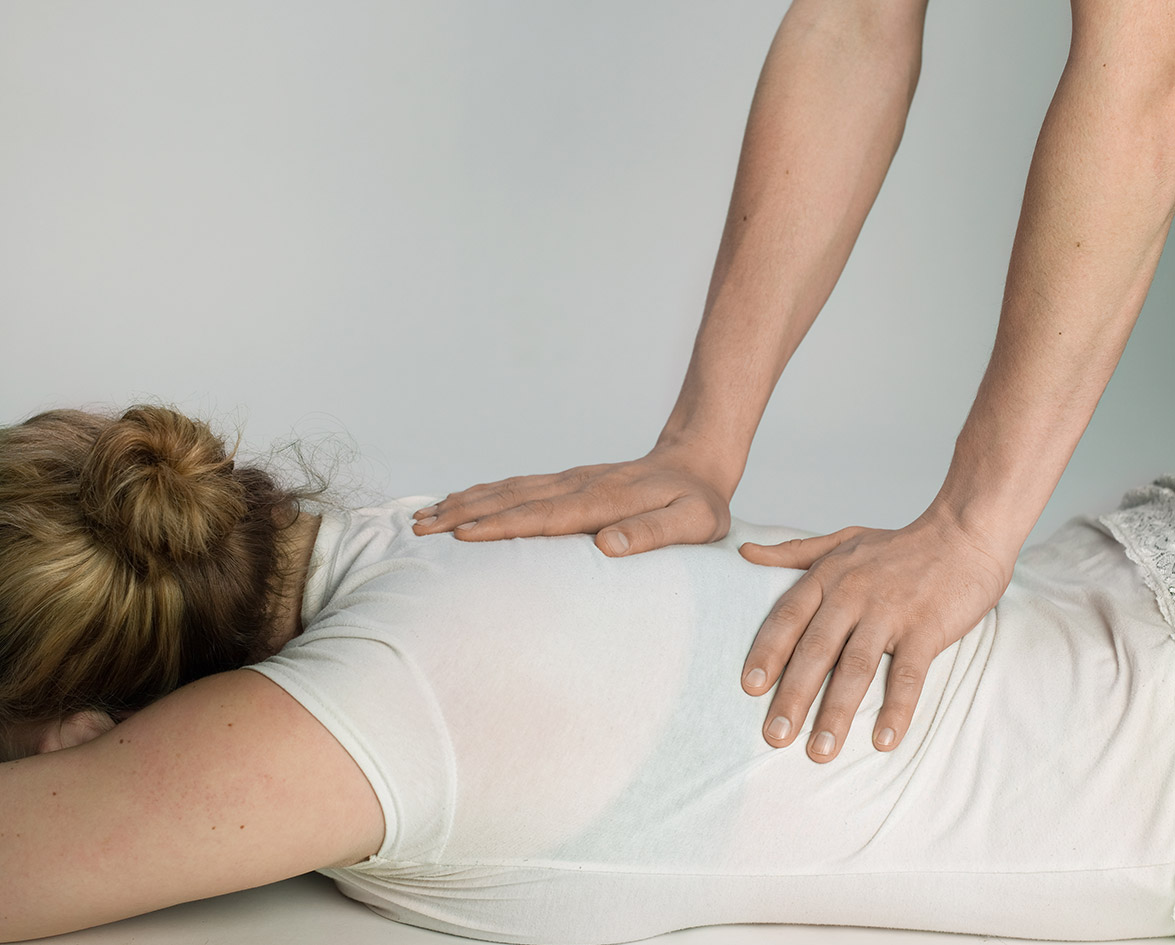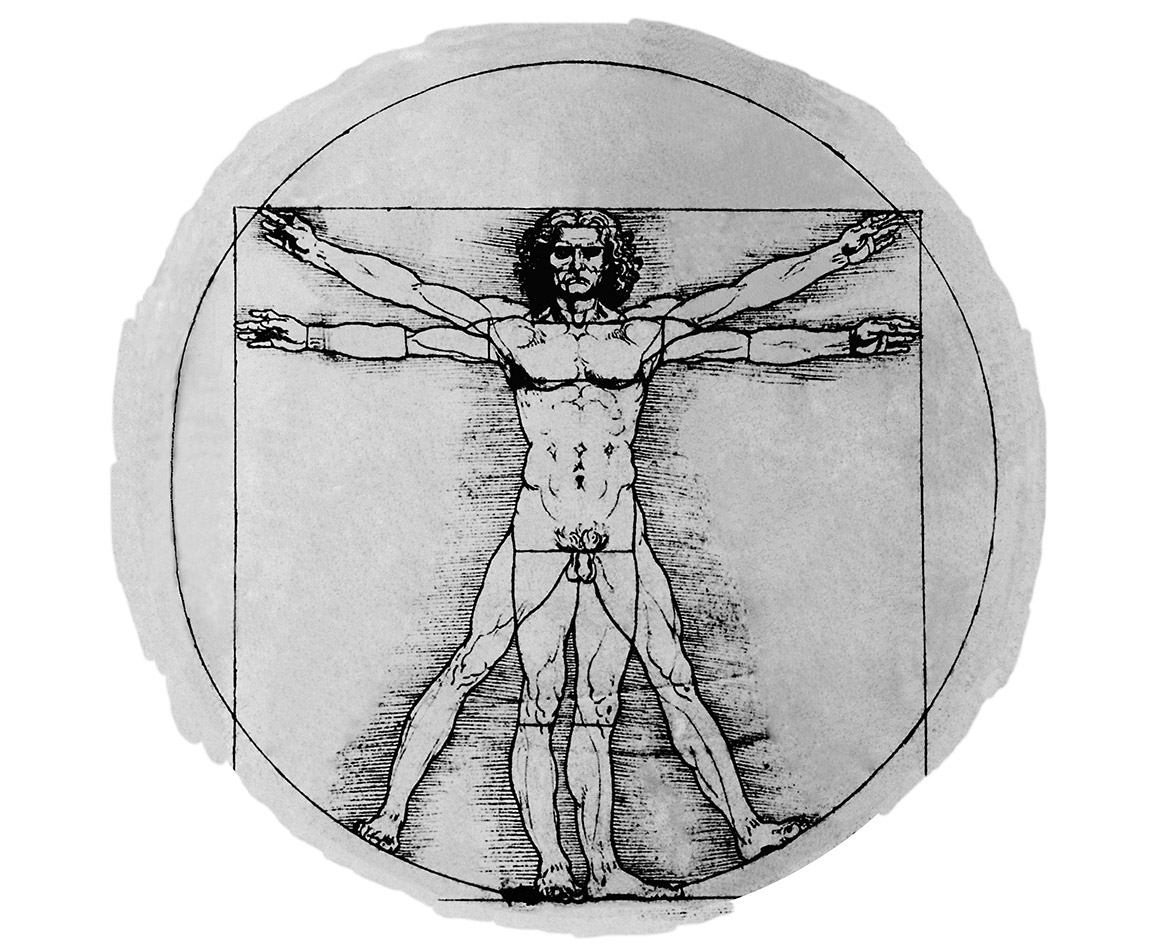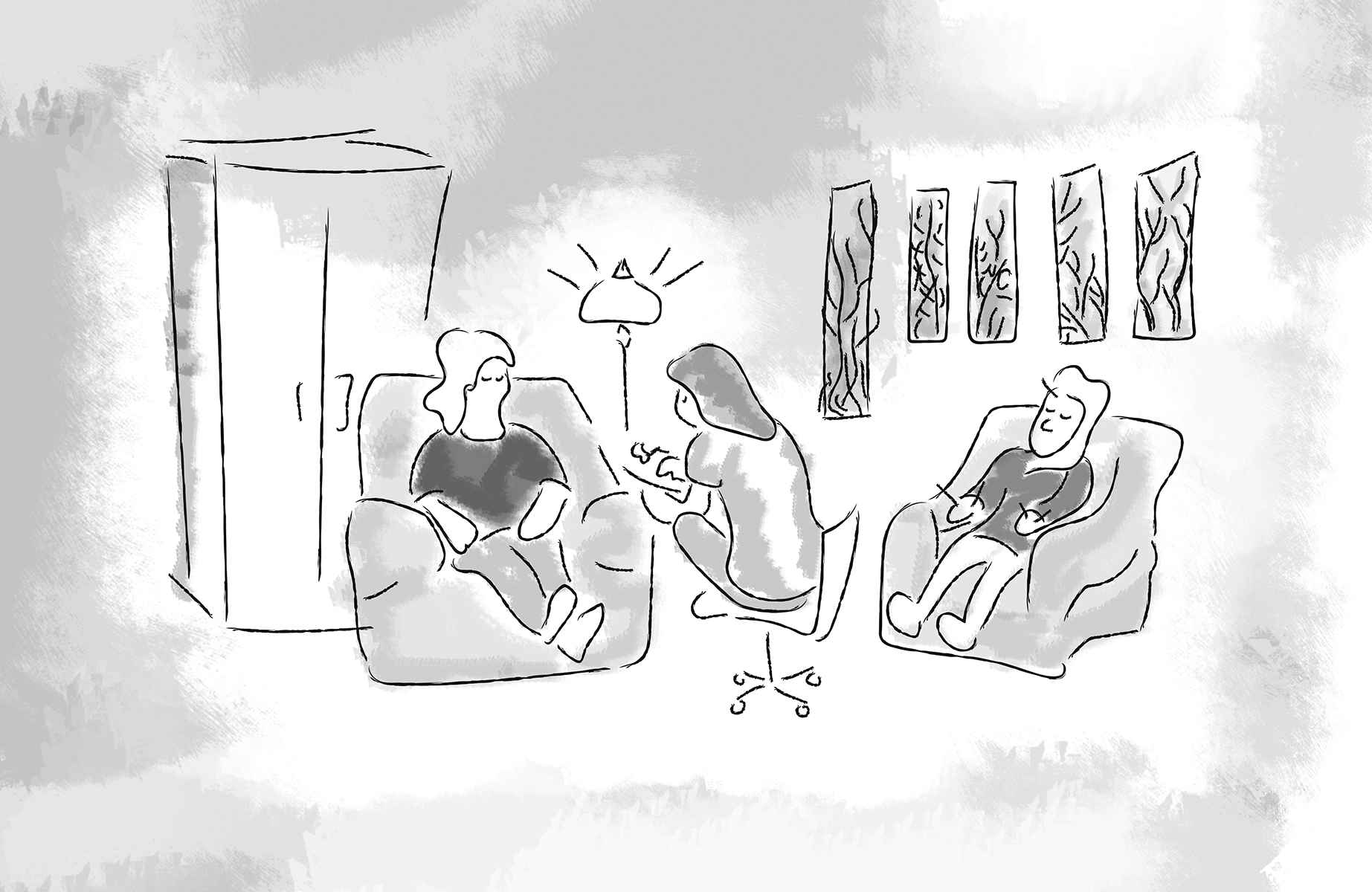The sound of breathing breaks the silence of the room. Many people feel a tingling sensation, some see vibrant colours, but all experience a deep sense of relaxation.
History And Education Of Reiki
Reiki is a healing method that originated in Tibet more than 2,500 years ago. It was rediscovered in the mid-1800s by the Japanese monk Dr. Mikao Usui. This system of “laying on of hands” is passed down from Reiki masters to initiates.
The Japanese character “Rei” describes the universal aspect of energy, and “Ki” stands for the essential life force flowing through all living things. Energy is in the air and plants; it flows around us and within us. Reiki practitioners channel this healing energy through their hands, allowing it to go where the recipient needs it most.
Reiki practitioners learn their craft from masters. This education includes a ritual initiation during which the master shares knowledge and the use of special sacred symbols. Initiations attune Reiki practitioners to Reiki energy. Such rituals allow the student to become a pathway for this internal life force.
While they practice on others, students are supervised. Reiki master Sheena Anderson describes a common experience: “You place your hands on them and just feel the energy run.” Once an attunement is complete Reiki’s power remains for life. Anderson says, “It’s like a knowledge that is given through energy and then once you receive it you are able to just call upon it as you wish.”
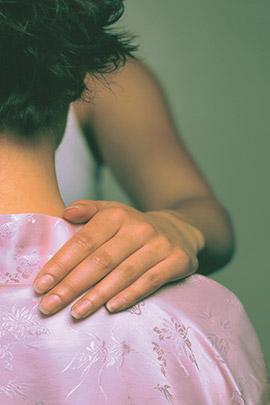
Once an individual has been attuned, self-treatment is important in order to strengthen one’s connection with Reiki energy. Reiki allows people to break their reliance on others for treatment. Daily practice helps minimize the sense of powerlessness one can feel when ill or stressed. The simple practice of laying hands on the body restores depleted energy, promotes relaxation, and strengthens the immune system.
One need not become an initiate to enjoy the benefits of Reiki. Many practitioners offer sessions for a modest price. A typical treatment begins with the practitioner placing his or her hands in a series of positions on the recipient’s head, and then on or above the body. The practitioner’s hands are held together with thumbs touching and palms slightly cupped. Each position is held for three to five minutes, while an entire body treatment lasts between 45 and 90 minutes.
Anderson describes a Reiki session: “You feel a little heat-fire, sparkly thing.” Often the recipient will feel warm—when Reiki flows, energy that is blocked begins to move. She adds, “It’s like going to the gym and doing a cardiovascular workout. You move your sluggish energy out and you feel energized. It’s like spring cleaning that’s done, in a sense, by moving energy through the body.”
Reiki An Alternative To Western Medicine
Anyone can benefit from Reiki, especially people who are stressed. Practitioner Bhavana Lymworth says a Reiki session leaves one feeling relaxed and able to reflect on problems. “It can be very healing, psychologically and spiritually. To me, the two feel very connected and this kind of work is a place to let yourself really feel that connection.”
Reiki assists in balancing the “chakras.” Chakras are energy centers that correspond to the major endocrine glands. Emotional, mental or spiritual stress can cause a disturbance in the flow of energy through the chakras that may eventually result in illness.
Reiki treatments can help alleviate the symptoms of an ailment. Lymworth says, “Rather than treating the symptoms—which is what conventional practitioners want to do—natural healers also look at the cause. They want to get to the underlying root of why the symptoms are there.” Lymworth explains that Reiki works on more than the physical body.
“The intention of Reiki is to work with the emotional, the physical and the spiritual body by using it as a conduit of energy.” Anderson agrees that there is more to our ailments than physical symptoms. “There’s got to be more to it, especially when it comes to chronic pain or reoccurring infection. People are becoming more open to the idea that there could be an emotional reason behind physical ailments. There could be a spiritual reason, there could be something else that is going on.”
Anderson points out the unique character of every Reiki session. “People have a very individual experience, depending upon what their needs are. Some people need to relax and some need to work through a problem, or some people need to release a health issue,” she says.
Whatever the need, Anderson is confident that Reiki can improve the quality of life for anyone willing to receive its energy. Reiki helps recipients spiritually by introducing them to higher levels of awareness. During a session, people can reflect on troublesome issues, reconnect with their souls and work through their emotions. Anderson suggests, “You might call it inner reflection.”
Anderson says Reiki should complement rather than compete with conventional medical care. “Reiki is a valuable modality for people who are starting to look at an alternative healing source.” People are seeking alternatives to conventional medicine, and their numbers are increasing.
Living in a world of high-tech medicine, it is easy to forget the natural methods that have been around for millennia. We all should discover the simplicity of Reiki and the power of touch.





